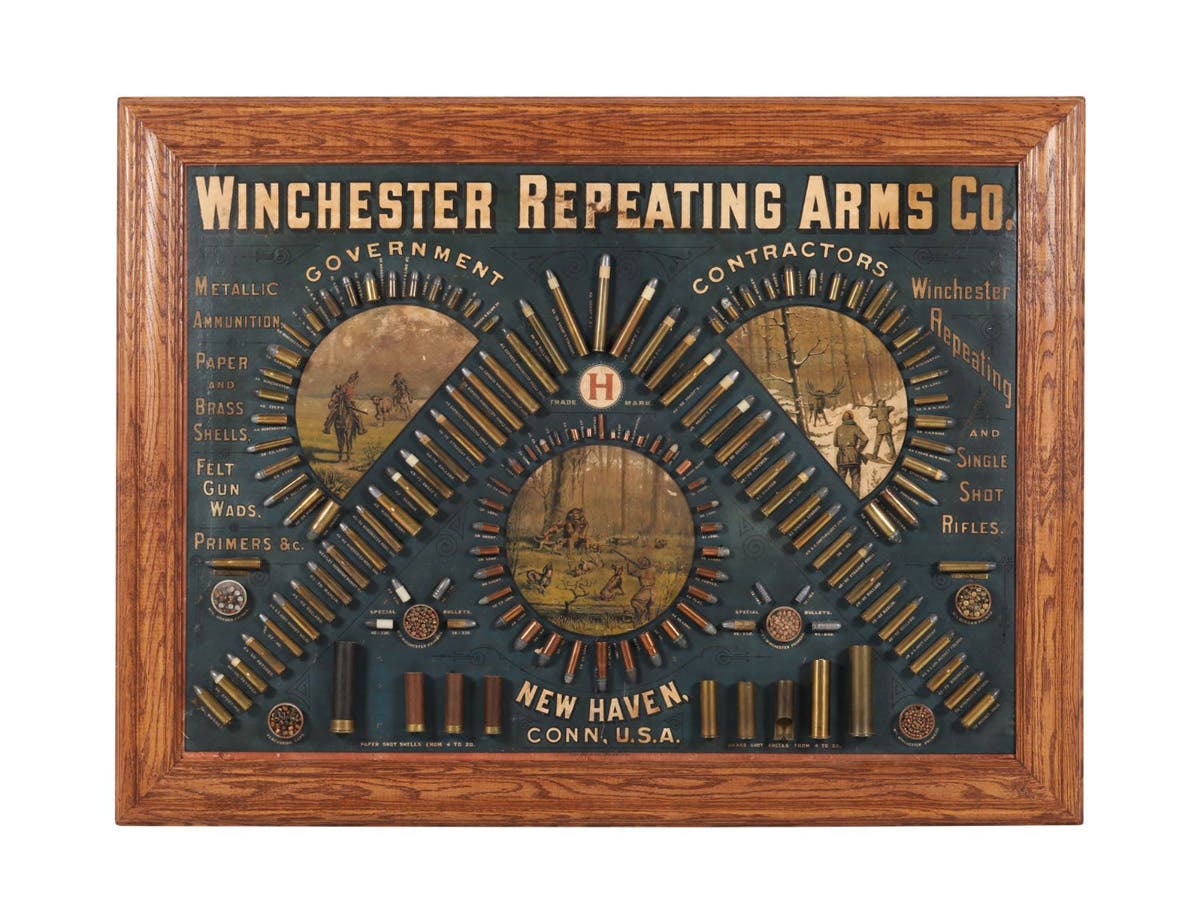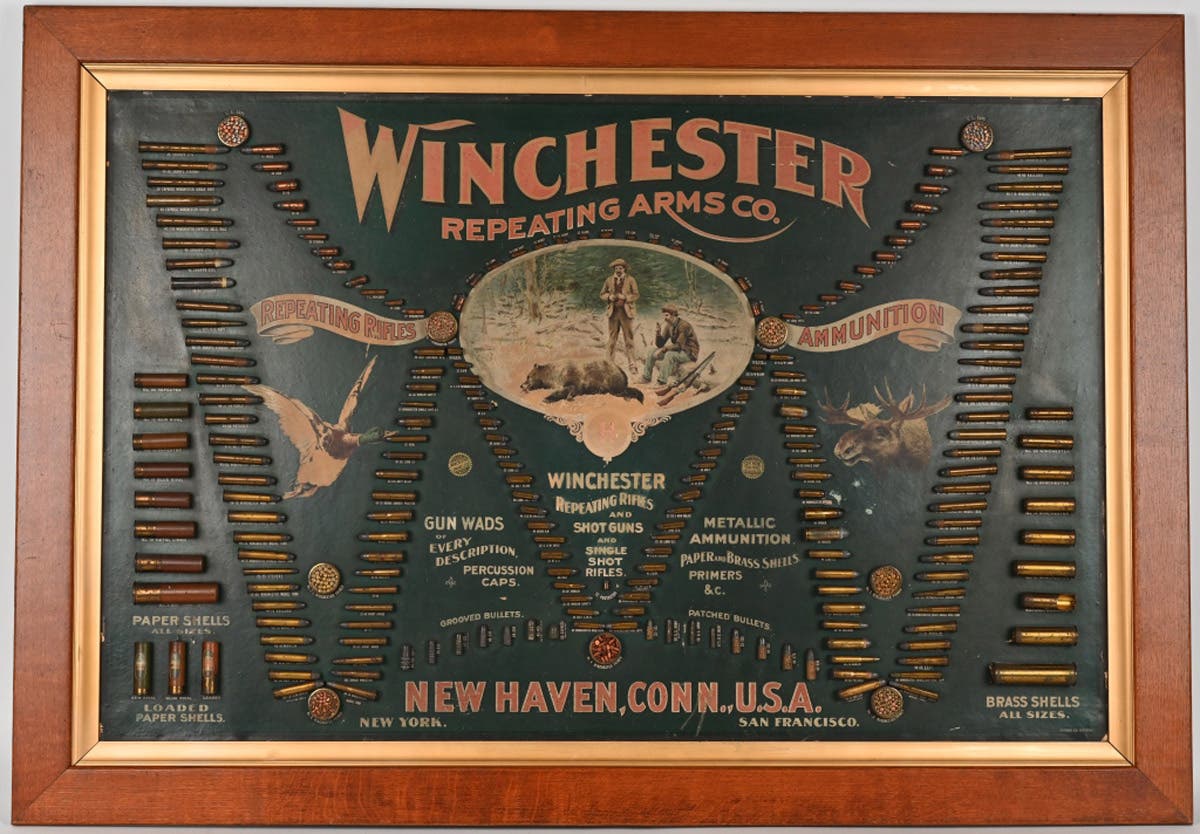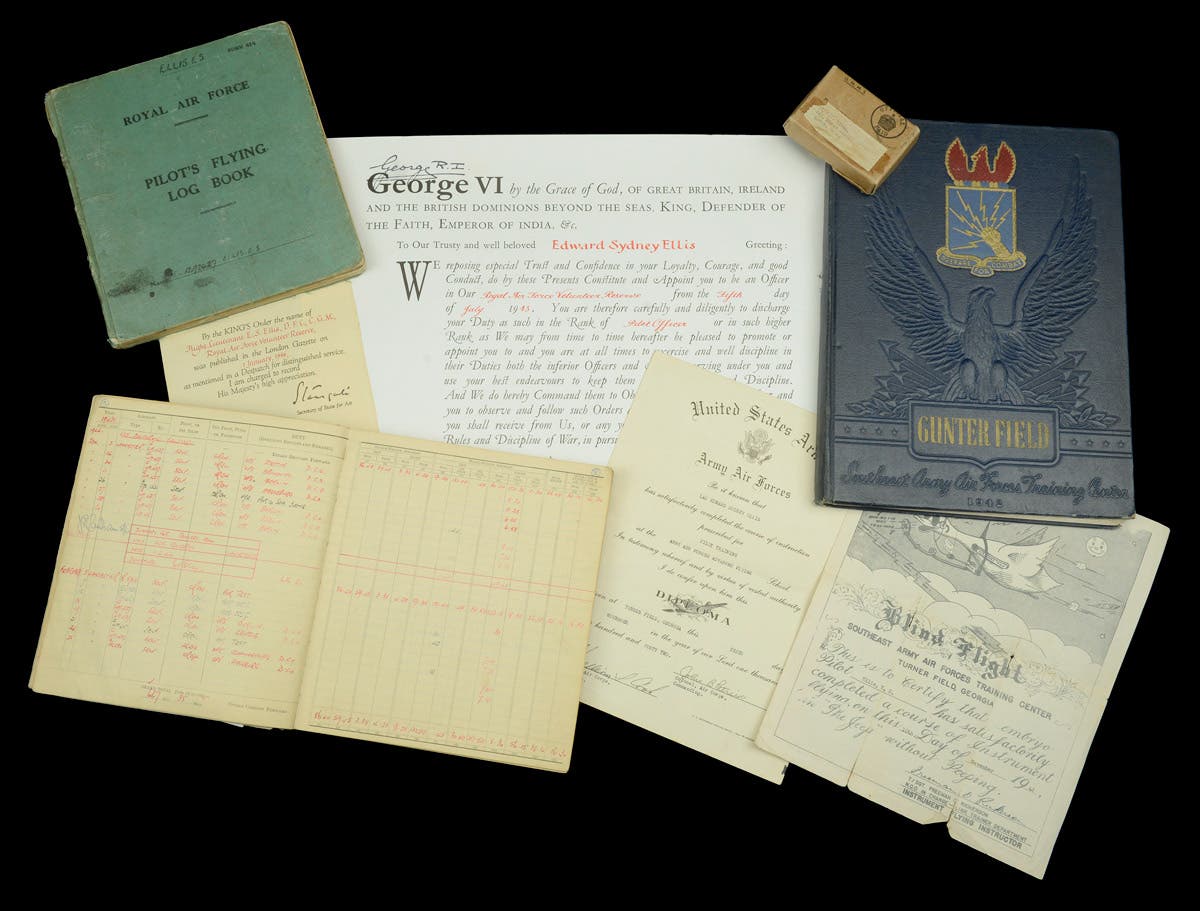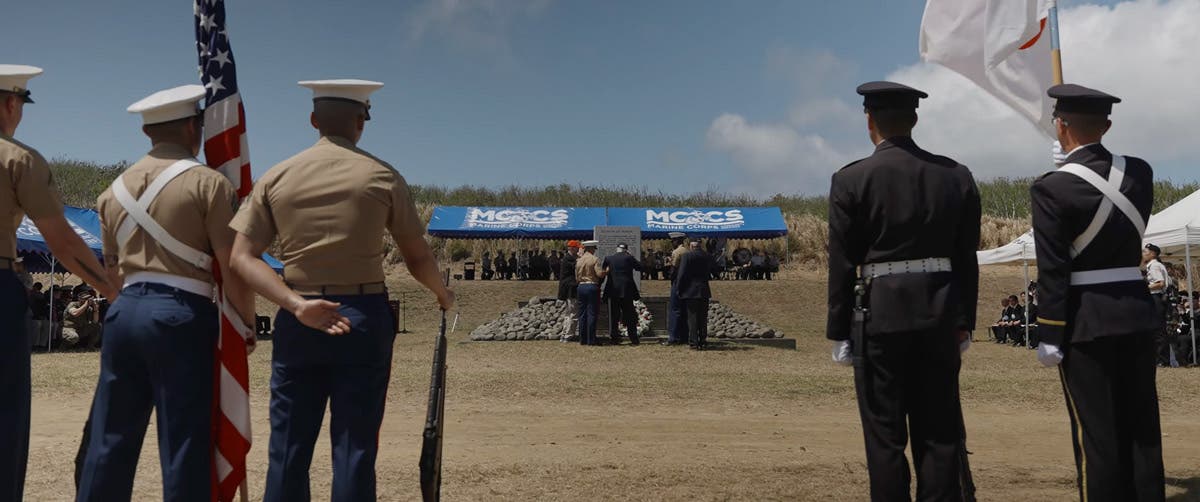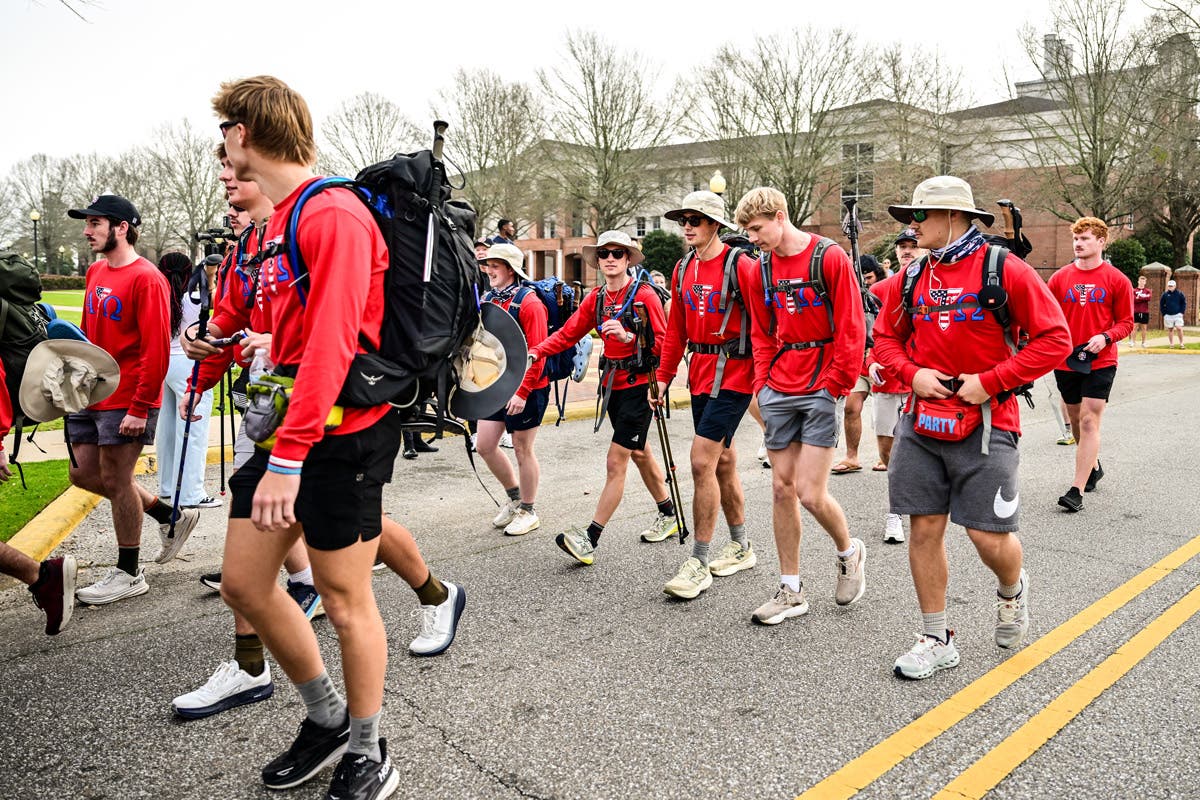Normandy collection fetches nearly $2 Million
Largest private collection exceeded 4,000 items.
What is quite possibly the largest private collection of Normandy Invasion artifacts amassed by one collector fetched nearly $2 Milllion at auction last week in Europe.
Following two days of bidding at the auction site in La Gua, France, as well as by telephone and Internet, the significant collection of more than 4,000 American, British, French and German military objects sold for a total of US$1,937,000. It far exceeded the house’s most recent sale of World War II militaria for $1,215,000.
Hermann Historica oHG of Munich, Germany, concluded its two day sale on Nov. 13.
The collection was amassed by 81 year-old Maurice Bazin over his lifetime in Normandy, beginning in 1959 when a business client of his gave him an old German rifle. Most of the 4,000+ artifacts relate to the D-Day Normandy landings of the Allied army infantry and armored divisions.
Notable items from the sale include:
Lot 8076: A German paratrooper semi-automatic rifle FG 42-1, stamped ‘fsz’ on top of the receiver (Henrich Krieghoff in Suhl), Calibre 7,92 x 57, serial number 1517, with a repainted non-matching 20-shot magazine. Cooking handle, sear and handle missing, minor frame damages. This rifle still has its original bipod and spike bayonet. With a scope milling over the receiver. Offered at US$7,460 it sold for $23,872.
Lot 8278: A U.S. paratrooper officer jump dress uniform on mannequin, including a jacket made of olive cloth from a paratrooper unit, rare pattern with reinforcing patches on pockets and elbows (modifications for the units which jumped on Normandy on the 6th of June 1944), rank insignia, 101st Airborne Division insignia, complete with all press-studs, zip fasteners and belt, jump trousers of olive cloth with reinforced pockets and knees, complete with all adjustment straps, jump boots of brown leather, gas cuff title, ammunition bag, US M3 fighting knife in its leather sheath, EM belt, canteen with cover, TL 122 C flashlight. Offered at $12,682, it sold for $30,586.
Lot 8324: A U.S. 101st Airborne paratrooper helmet, identified by the ace of hearts from the 502nd PIR, retaining 50% of its paint and both insignia, period modified half-circle bale and M1 chinstrap. A second pattern liner added with leather padded chinstrap and small pattern bale. This famous unit was in the forefront of the U.S. parachute drops over Normandy on the 6th of June, 1944, especially in Sainte Mère l’Eglise where this helmet was found in the 1960s. Offered at $5,222, it sold for $68,621.
Lot Nr. 8357: A Schwimmwagen type 166. Visualized by Ferdinand Porsce and created by engineer Trippel, the Schimmwagen was originally meant for airborne troops.This low-maintenance and low-cost vehicle was used on the East Front, in Africa and in Normandy. Its maximum speed was 85km per hour on the ground and 10km per hour in the water. Its off-road capacities were good due to its flat shell particularly adapted to the mud encountered on the East Front. At the end of the war, 14,625 Schwimmwagen had been produced. Offered at $90,000, it sold for $125,688.
Lot Nr.8358A Steyr truck 1500A: Built from 1941 on, the Steyr 1500 was originally meant for passenger transport. This vehicle was highly popular for its surprising capacity of clearing/crossing. Several versions were produced, from a commanding vehicle for five officers to an eight enlisted men carrier or a light truck variant. The air cooled 3.5 liter V8 Steyr engine developed a power allowing a speed of 100 km per hour. Steyr and Audi in Germany produced 12,450 trucks of this type until 1944. Offered at $90,000, it sold for $90,000
Lot Nr.8364:A BMW R75 with sidecar and ammunition trailer. Issued in 1940, the R75 is a motorcycle exclusively conceived for military purposes. Innovative with its hydraulic brakes at the rear and on the sidecar, it also had a two-wheel drive that gave the opportunity to lock the differential gear. It was built to remain operational on all terrains and in all weather conditions and was the spearhead of all offensives launched by the German army. Weight 400 kgs, maximum speed 95 km/hour. 16,500 pieces were produced between 1940 and 1946. Offered at$37,000, it sold for $65,836.
Lot Nr.8380:A horse-drawn cart for equipment transports. Due to bad weather conditions or gas shortages, the German Army had to use many horse-drawn carts. From the beginning to the end of the war, horses were involved in all fightings and died by hundreds of thousands on all fronts. This kind of rustic cart had the big advantage of being easy to maintain at almost no cost. Maximum load 1000 kg. Offered at $7,500, it sold for $22,444.
The full catalogue for the collection and final list of selling prices are available online at http://www.hermann-historica.de/



